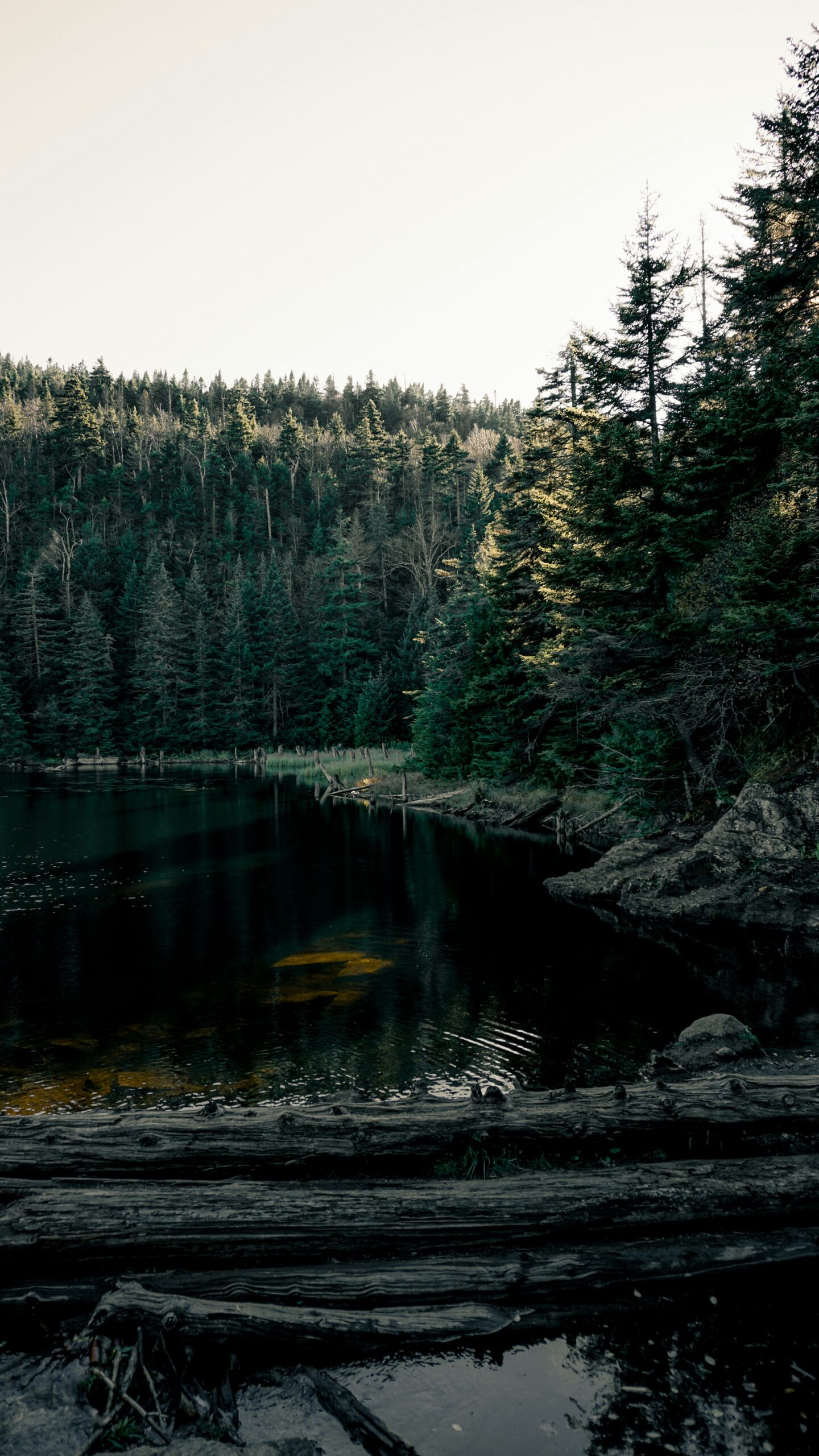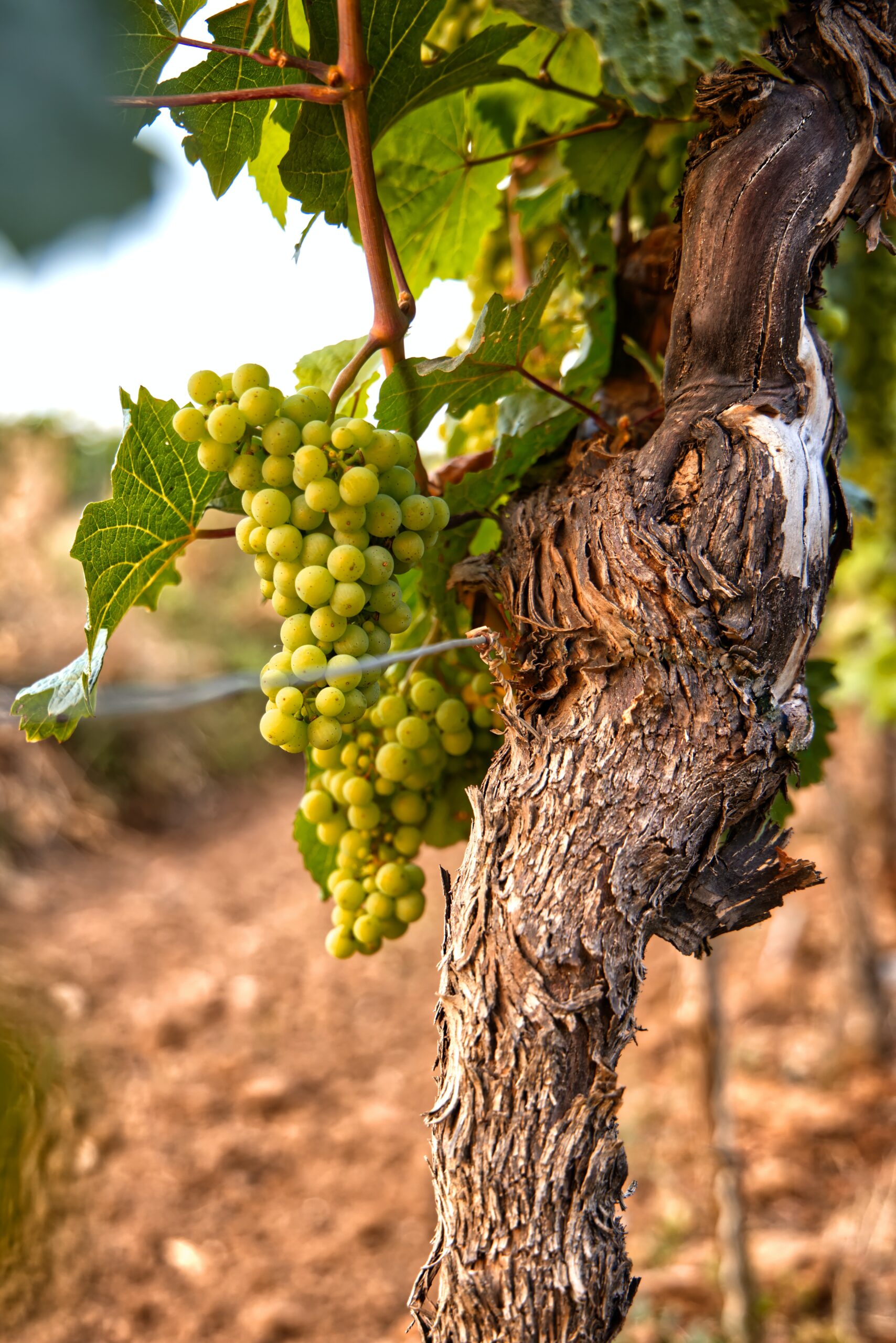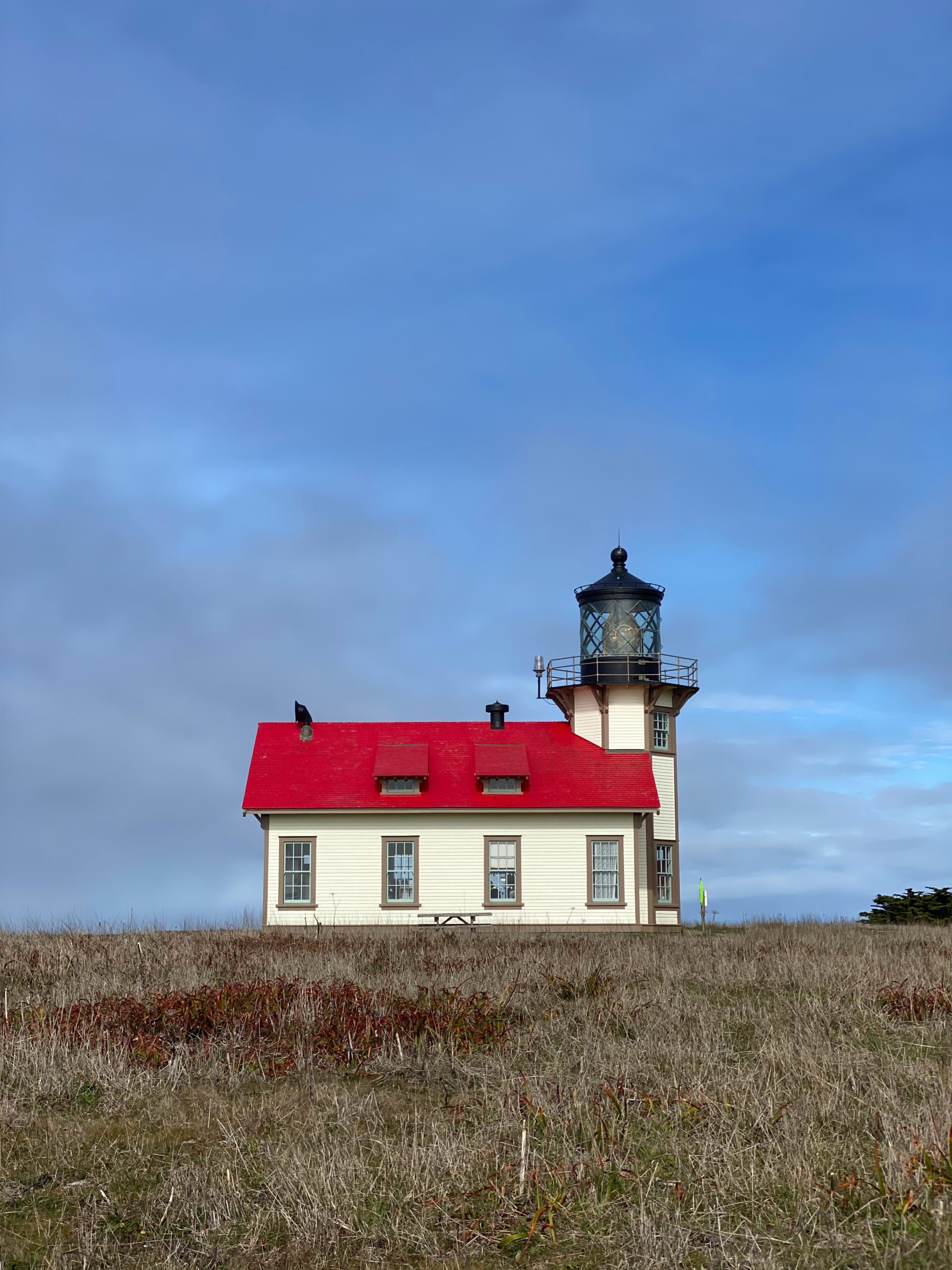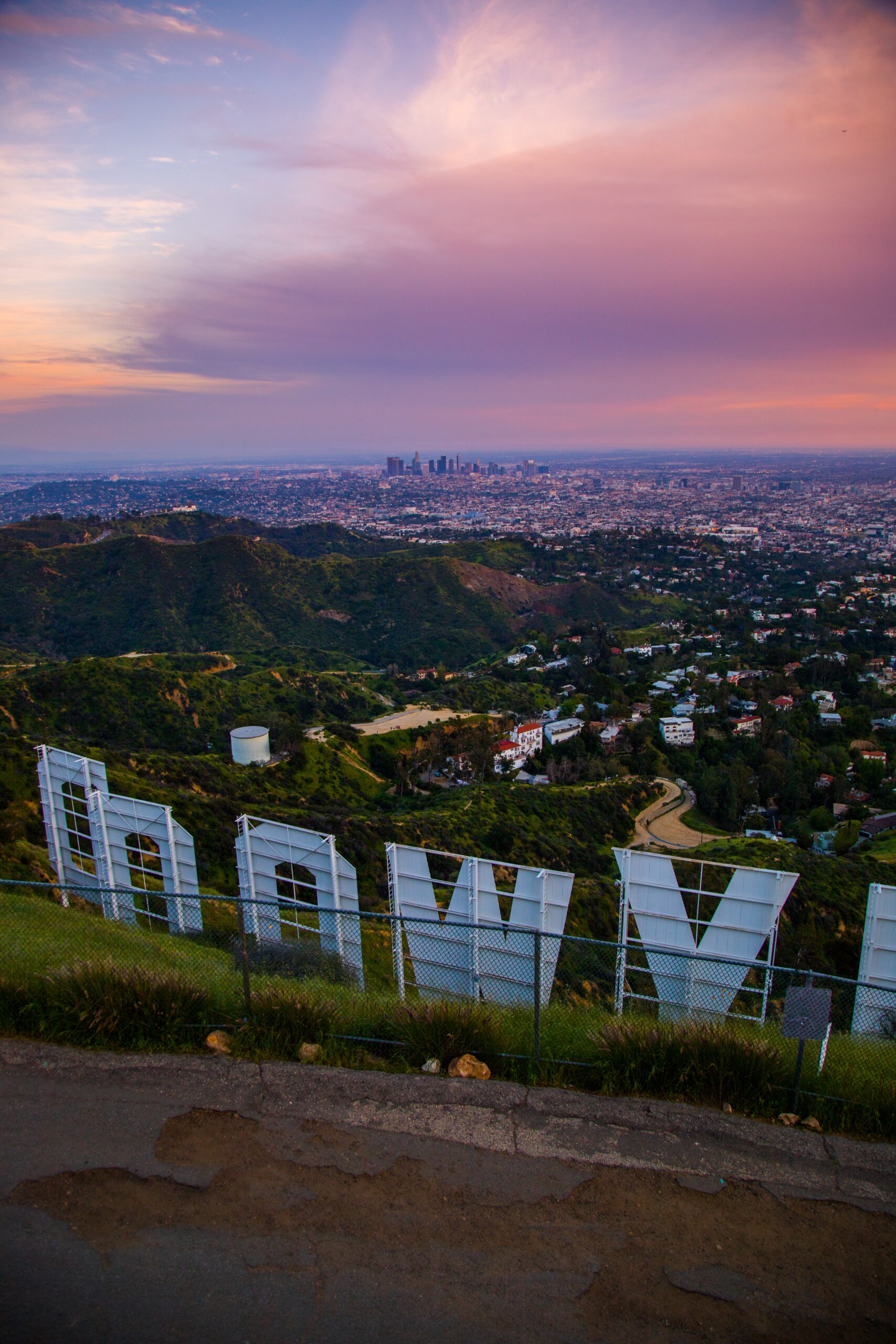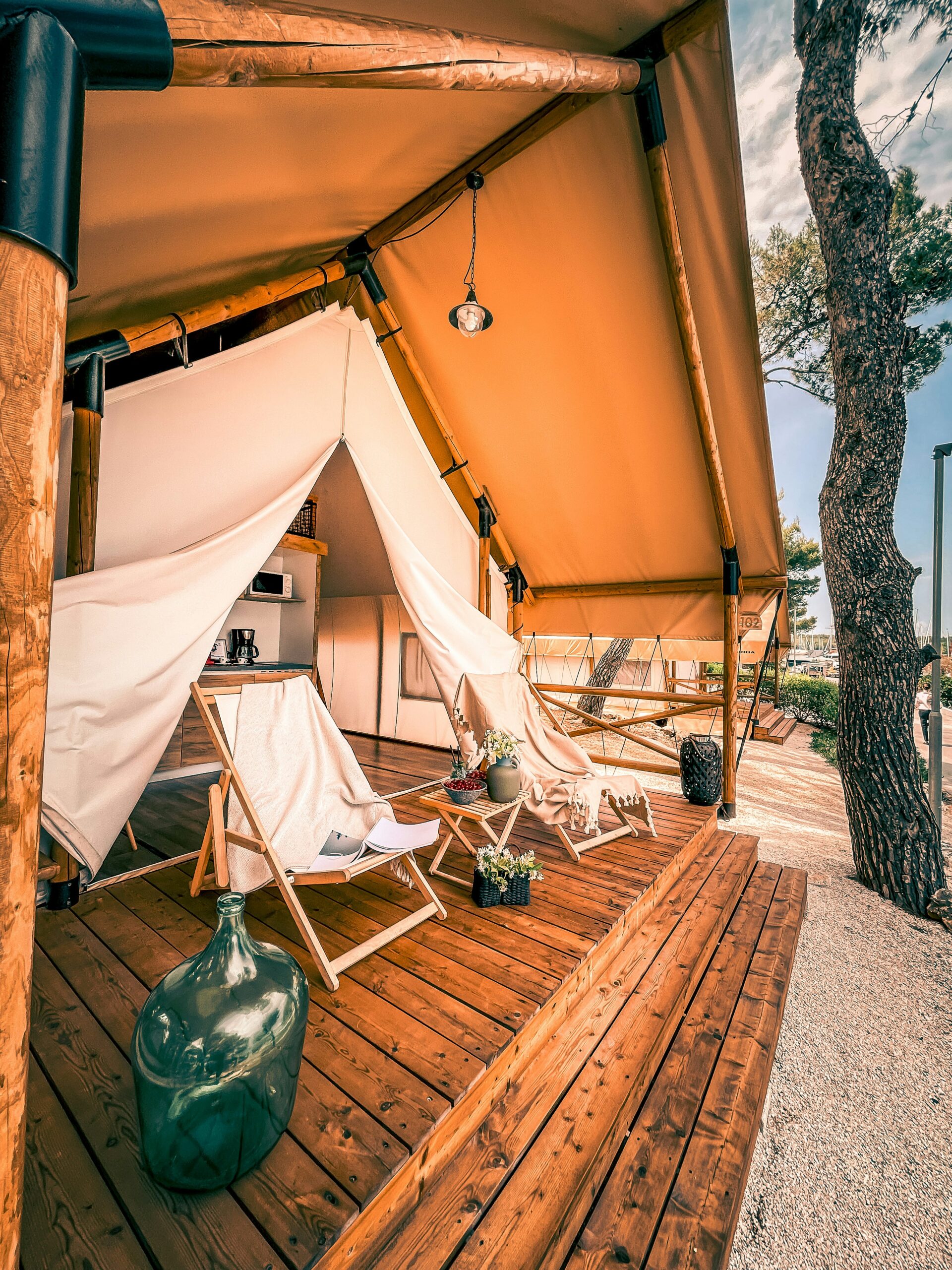Free Dispersed Camping in California: A Budget-Friendly Adventure
Are you an avid camper looking for new and exciting places to explore in California? If so, you're in luck! California is home to some of the most beautiful and diverse landscapes in the country, and there are plenty of opportunities for free dispersed camping in California. Whether you prefer the rugged wilderness of the Sierra Nevada mountains or the stunning coastline of Big Sur, there's something for everyone in California.
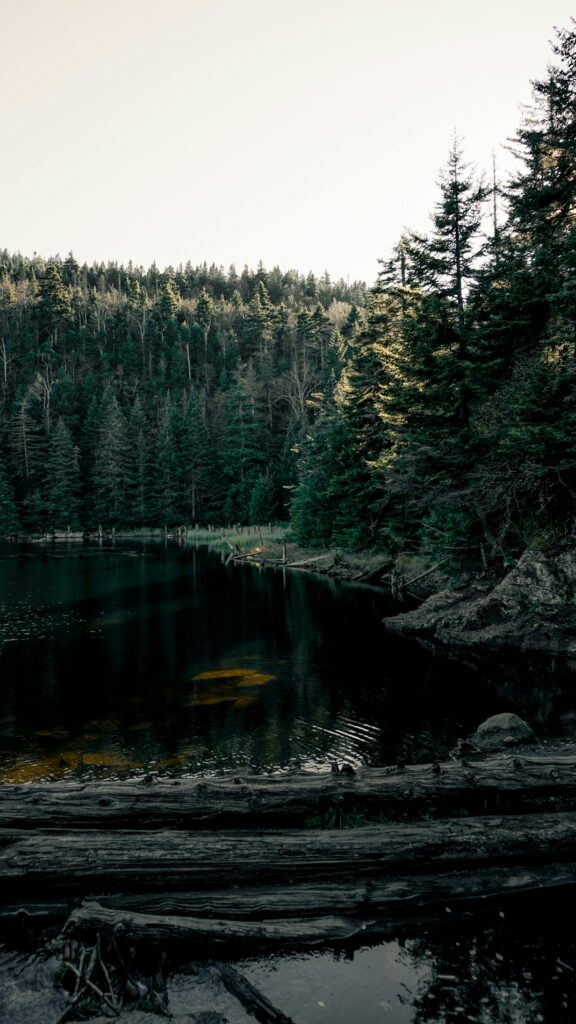
Free dispersed camping is a great way to experience the beauty of California's natural landscapes without breaking the bank. Unlike traditional campgrounds, where you're often packed in like sardines with other campers, dispersed camping allows you to find your own private slice of paradise. You can set up camp wherever you like, as long as you follow a few simple rules and regulations. So if you're ready to hit the road and explore the great outdoors, read on to discover some of the best free dispersed camping in California.
Free Dispersed Camping in California: A Budget-Friendly Adventure
Understanding Dispersed Camping
If you're looking for an affordable and adventurous way to explore California's natural beauty, dispersed camping might be the perfect option for you. Dispersed camping is a type of camping that allows you to camp outside of designated campgrounds on public lands. In California, dispersed camping is legal and free on publicly owned lands such as areas under Bureau of Land Management control.
What Is Dispersed Camping?
Dispersed camping is camping outside of designated campgrounds on public lands. This means you can camp wherever you want, as long as it's not prohibited by the land management agency. Dispersed camping is a great way to get away from the crowds and experience the natural beauty of California.
Benefits of Free Dispersed Camping
One of the biggest benefits of dispersed camping is that it's free. You don't have to pay for a campsite, which can save you a lot of money. Dispersed camping also allows you to camp in remote and beautiful locations that you wouldn't be able to access if you were limited to designated campgrounds.
Legal Considerations and Regulations
While dispersed camping is legal in California, there are rules and regulations you need to follow to ensure you're camping responsibly. It's important to research the specific land management agency that oversees the area you plan to camp in, as each agency may have different rules and regulations. For example, you may need to obtain a free fire permit to have a campfire, and there may be restrictions on where you can camp.
In addition to rules and regulations, it's important to follow Leave No Trace principles when dispersed camping. This means packing out all your trash, minimizing your impact on the environment, and respecting wildlife and other campers. By following rules and regulations and practicing Leave No Trace principles, you can help ensure that dispersed camping remains a sustainable and enjoyable way to explore California's natural beauty.
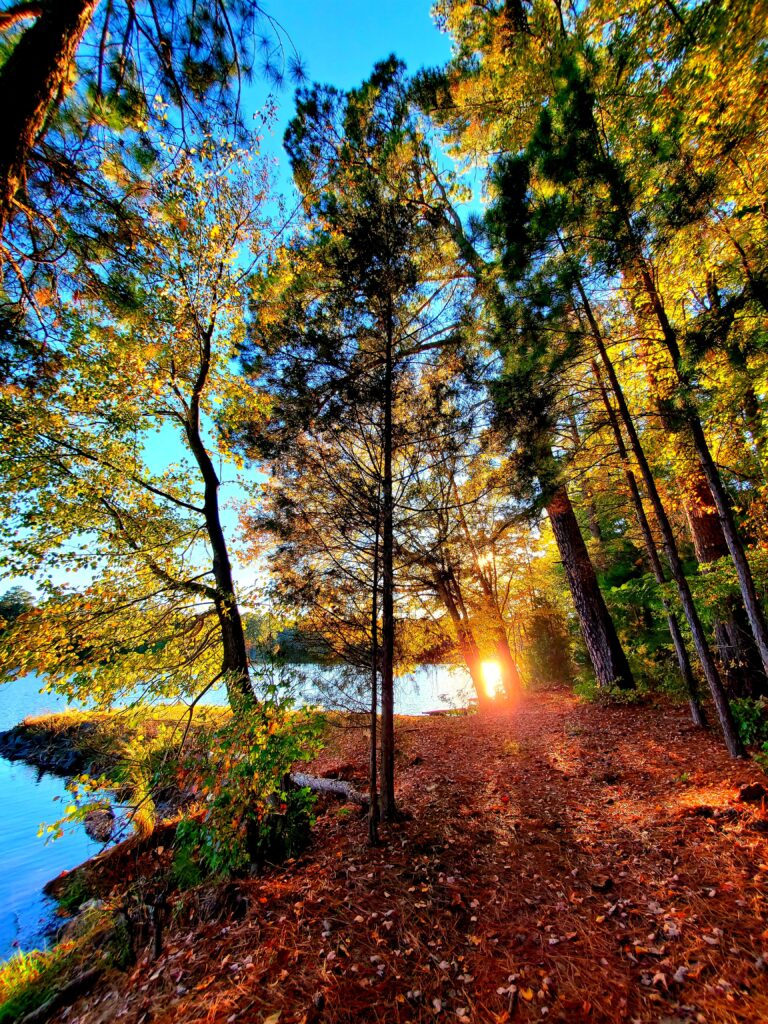
Best Areas for Free Dispersed Camping in California
If you're looking for a free and adventurous camping experience in California, dispersed camping might be the perfect option for you. Dispersed camping is camping outside of designated campgrounds on public lands, and it's allowed in many areas of California. Here are some of the best areas for free dispersed camping in California, divided by region.
Northern California Gems
Northern California has many great spots for dispersed camping. Mendocino National Forest is a popular destination, offering a variety of camping options. Eagle Lake is another great spot, with beautiful views and plenty of space to camp. Modoc National Forest is also worth considering, with its scenic vistas and diverse wildlife.
Related Post:
Southern California Spots
Southern California is home to some of the most popular dispersed camping spots in the state. Joshua Tree National Park is a top destination, with many options for dispersed camping. Anza Borrego is another great option, with its diverse landscapes and ample camping opportunities. Los Padres National Forest is also worth considering, with its stunning views and great hiking trails.
Related Post:
Central California Sites
Central California is home to many great dispersed camping spots. Alabama Hills is a popular destination, with its unique rock formations and stunning views of the Sierra Nevada Mountains. Sequoia National Forest is another great option, with its towering trees and beautiful landscapes. Carrizo Plain is also worth considering, with its unique geological formations and diverse wildlife.
No matter where you choose to enjoy free dispersed camping in California, it's important to follow Leave No Trace principles and to be respectful of the environment and other campers. Always check with the local land management agency to ensure that dispersed camping is allowed in the area you plan to visit.
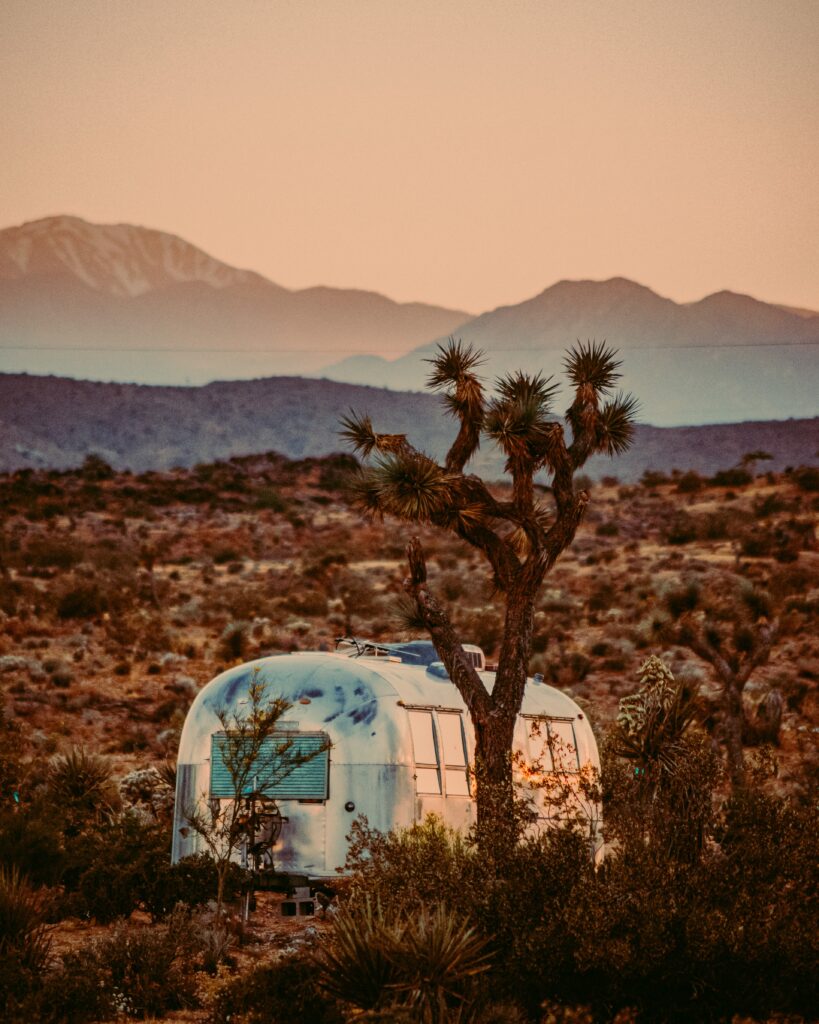
Related Posts:
- Visit Joshua Tree National Park: A Guide to the Best Hikes and Views
- Sierra National Forest: A Guide to Hiking and Camping in California's Wilderness
Finding Free Campsites
If you're looking for free dispersed camping in California, there are several ways to find campsites. Here are some of the best methods:
Using Online Resources
There are several websites that can help you find free campsites in California. Some of the most popular include freecampsites.net and The Dyrt. Both of these sites allow you to search for campsites by location, and provide detailed information about each campsite, including user reviews and photos.
Reading a Motor Vehicle Use Map (MVUM)
If you plan to camp on National Forest land, you'll need to obtain a Motor Vehicle Use Map (MVUM) for the area you plan to camp in. MVUMs are free and can be obtained from the local Forest Service office or downloaded online. These maps show which roads and areas are open to dispersed camping, as well as any restrictions or regulations that apply.
Tips for Using Google Maps
Google Maps can also be a useful tool for finding free dispersed campsites in California. Here are some tips for using Google Maps to find campsites:
- Use satellite view to look for clearings or open areas that might be suitable for camping.
- Look for dirt roads or trails that lead off of main roads, as these often lead to dispersed campsites.
- Use the “search nearby” feature to find campsites, parks, or other recreational areas in the area you plan to camp in.
Remember, when using Google Maps to find campsites, it's important to confirm that the area is open to dispersed camping and that there are no restrictions or regulations that apply.
Using these methods, you should be able to find plenty of free dispersed campsites in California. Just remember to always follow Leave No Trace principles and respect the natural environment.
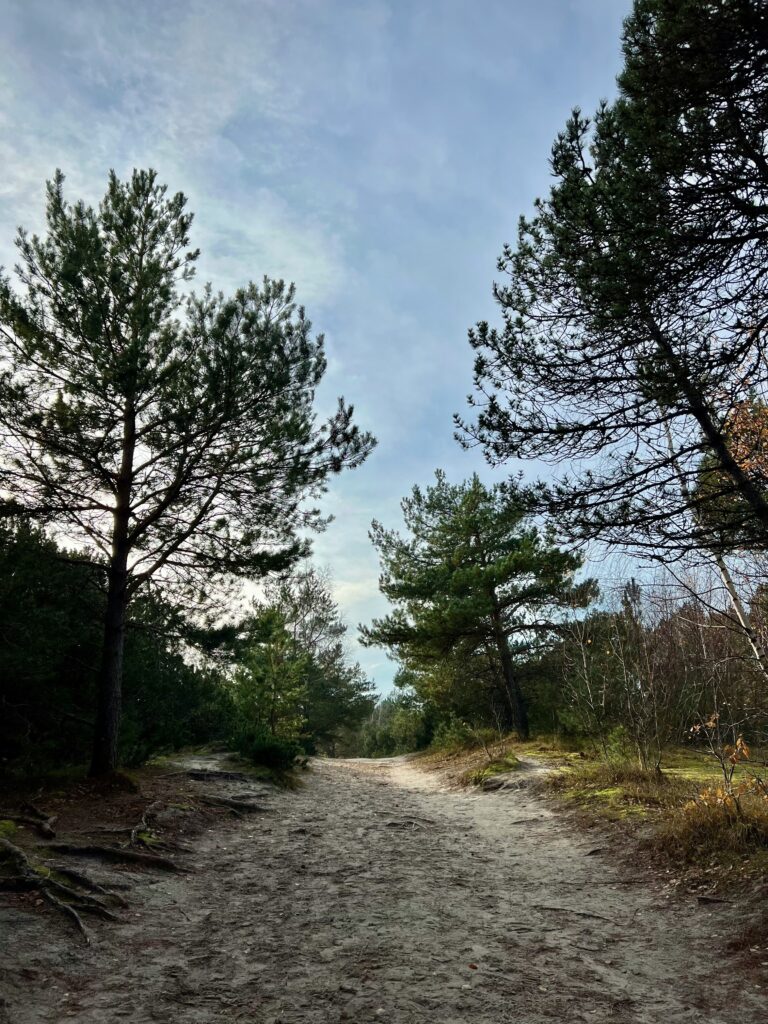
Camping Etiquette and Best Practices
When camping in California's dispersed campsites, it's important to follow certain etiquette and best practices to ensure a safe and enjoyable experience for everyone. Here are some tips to keep in mind:
Leave No Trace and Environmental Stewardship
When camping in dispersed campsites, it's important to practice Leave No Trace principles to minimize your impact on the environment. This means packing out all of your trash, including food scraps and toilet paper. Additionally, make sure to camp at least 200 feet away from water sources to prevent contamination. Finally, avoid damaging vegetation and wildlife by staying on designated trails and campsites.
Campfire Safety and Permits
Many dispersed campsites in California allow campfires, but it's important to follow proper safety precautions and obtain any necessary permits. Always check with the local forest service or land management agency to see if campfires are allowed and if any permits are required. When building a fire, make sure to use a designated fire ring or build a fire pit with rocks. Never leave a fire unattended and always fully extinguish it before leaving.
Respecting Wildlife and Nature
When camping in dispersed campsites, it's important to respect the natural environment and wildlife. Avoid feeding or approaching wild animals, and store food and trash in bear-resistant containers or hung from a tree at least 10 feet off the ground and 4 feet away from the trunk. Additionally, avoid using soap or other personal care products in lakes or streams, as they can harm aquatic life.
By following these camping etiquette and best practices, you can help preserve California's beautiful natural environment and ensure a safe and enjoyable experience for yourself and others.
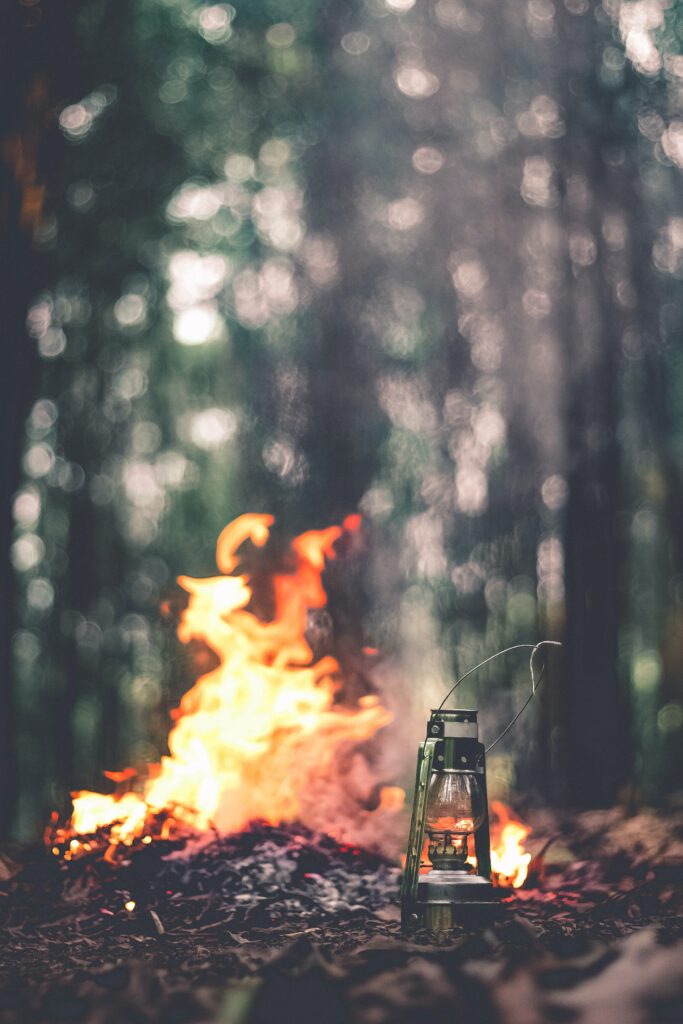
Equipment and Preparation
When it comes to dispersed camping in California, proper equipment and preparation are essential to ensure a safe and enjoyable experience. In this section, we'll cover the key things you need to consider when choosing your gear and planning your trip.
Choosing the Right Gear
Whether you're camping in an RV or a tent, it's important to choose the right gear for your needs. When selecting a tent, make sure it's durable, weather-resistant, and large enough to accommodate your group. If you're camping in an RV, be sure to check the size and weight restrictions for the roads you'll be traveling on.
Other essential camping gear includes sleeping bags, sleeping pads, cooking equipment, and lighting. Be sure to pack warm clothing, as temperatures can drop significantly at night in some areas.
Planning for Water and Food
When camping in remote areas, it's important to plan for water and food. Bring plenty of water for drinking, cooking, and cleaning, as well as a water filtration system or purification tablets in case you need to refill your supply.
For food, bring plenty of non-perishable items that are easy to prepare, such as canned goods, trail mix, and energy bars. If you plan to cook, bring a portable stove and fuel, as well as pots, pans, and utensils.
Navigating Dirt Roads and Remote Areas
Many dispersed camping areas in California are located on dirt roads and in remote areas. It's important to have a reliable vehicle that can handle rough terrain and to be prepared for emergencies.
Before setting out, make sure you have a map of the area and a GPS device or compass to help you navigate. Bring a first aid kit, emergency supplies, and a spare tire in case of a breakdown.
By following these tips and preparing for your trip, you can enjoy a safe and memorable dispersed camping adventure in California.
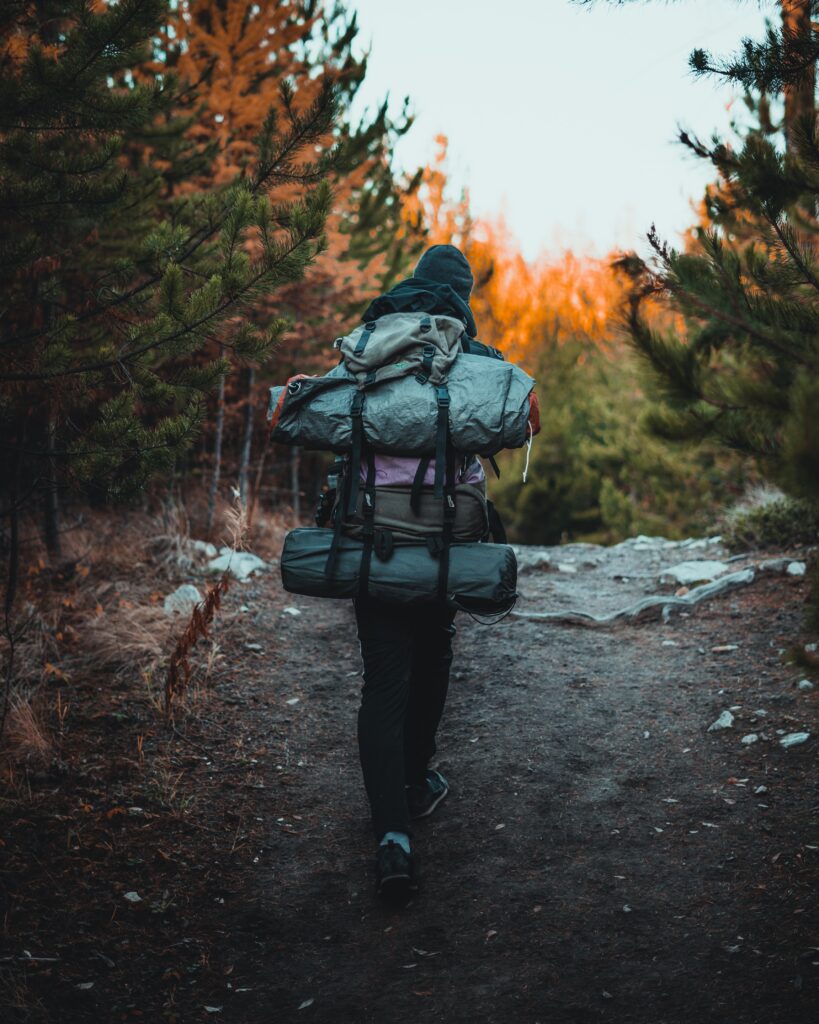
Unique Dispersed Camping Experiences
If you're looking for a unique camping experience in California, dispersed camping is the way to go. Here are a few of the best dispersed camping experiences in California.
Beach Camping Along the Coast
California's coastline is home to some of the most beautiful beaches in the world, and dispersed camping along the coast is a unique and unforgettable experience. You can camp right on the beach and fall asleep to the sound of the waves crashing against the shore. Some of the best beaches for dispersed camping include Pfeiffer Beach, Refugio State Beach, and Gaviota State Park. Just be sure to follow the Leave No Trace principles and pack out all of your trash.
Mountain Camping in the Sierra Nevadas
The Sierra Nevada Mountains are a popular destination for camping in California, and dispersed camping is a great way to experience the beauty of the mountains without the crowds. You can camp in the shadow of towering peaks and explore the many hiking trails that wind through the mountains. Some of the best places for dispersed camping in the Sierra Nevadas include the John Muir Wilderness, the Ansel Adams Wilderness, and the Hoover Wilderness.
Desert Camping in California's Badlands
If you're looking for a unique camping experience, look no further than California's Badlands. This rugged and remote desert landscape is home to some of the most unique camping spots in the state. You can camp under the stars and explore the otherworldly rock formations and canyons that make up this unique landscape. Some of the best places for dispersed camping in the Badlands include the Mojave National Preserve, Joshua Tree National Park, and Anza-Borrego Desert State Park.
No matter where you choose to go dispersed camping in California, you're sure to have a unique and unforgettable experience. Just be sure to follow the rules and regulations of the area you're camping in, and always practice Leave No Trace principles to help preserve these beautiful natural spaces for future generations.
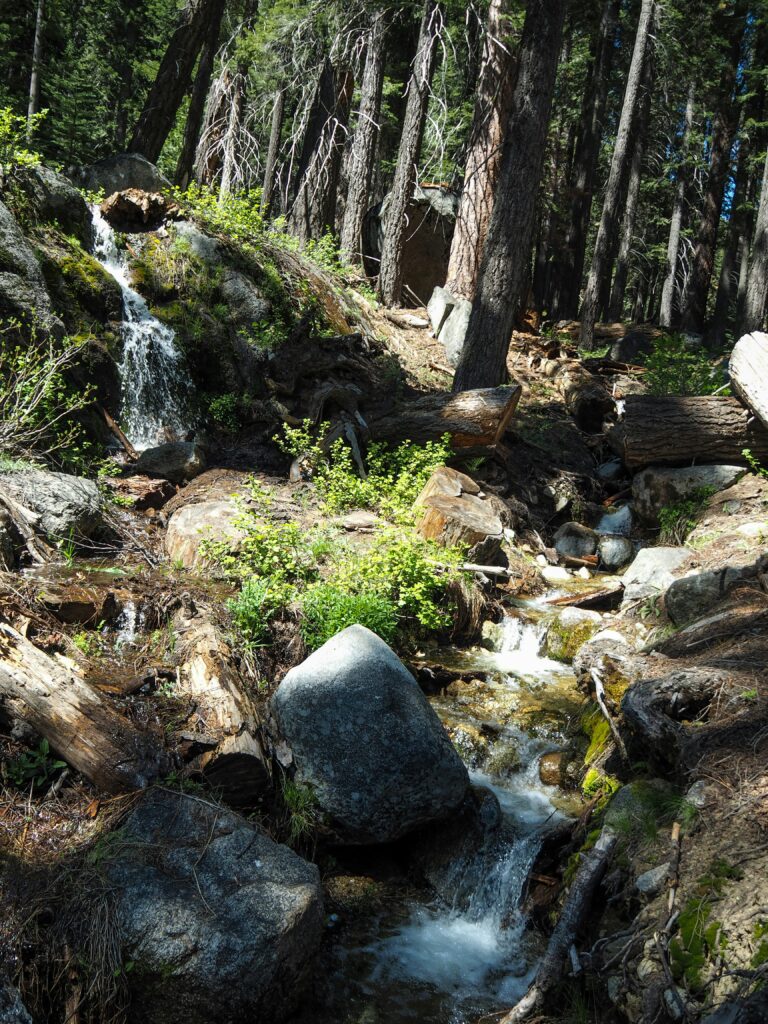
Alternative Free Camping Options
Aside from dispersed camping, there are other free camping options available in California. Here are a few alternatives to consider:
Casino Camping and Parking Lots
Many casinos in California offer free overnight parking for RVs and campers. While this may not be the most scenic option, it can be a convenient and safe place to spend the night. Some casinos even offer amenities such as restrooms, showers, and dump stations. Just be sure to check with the casino beforehand to make sure overnight parking is allowed.
Boondocking Outside of National Parks
Boondocking, or camping on public lands outside of designated campgrounds, is another option for free camping in California. While boondocking is not allowed in national parks, there are plenty of other public lands where it is permitted. Some popular spots for boondocking in California include Bureau of Land Management (BLM) areas, national forests, and wilderness areas. Just be sure to follow Leave No Trace principles and obtain any necessary permits before setting up camp.
Overall, there are many options for free camping in California beyond dispersed camping. Whether you choose to park at a casino or boondock in a national forest, be sure to research your options beforehand and follow all rules and regulations to ensure a safe and enjoyable trip.
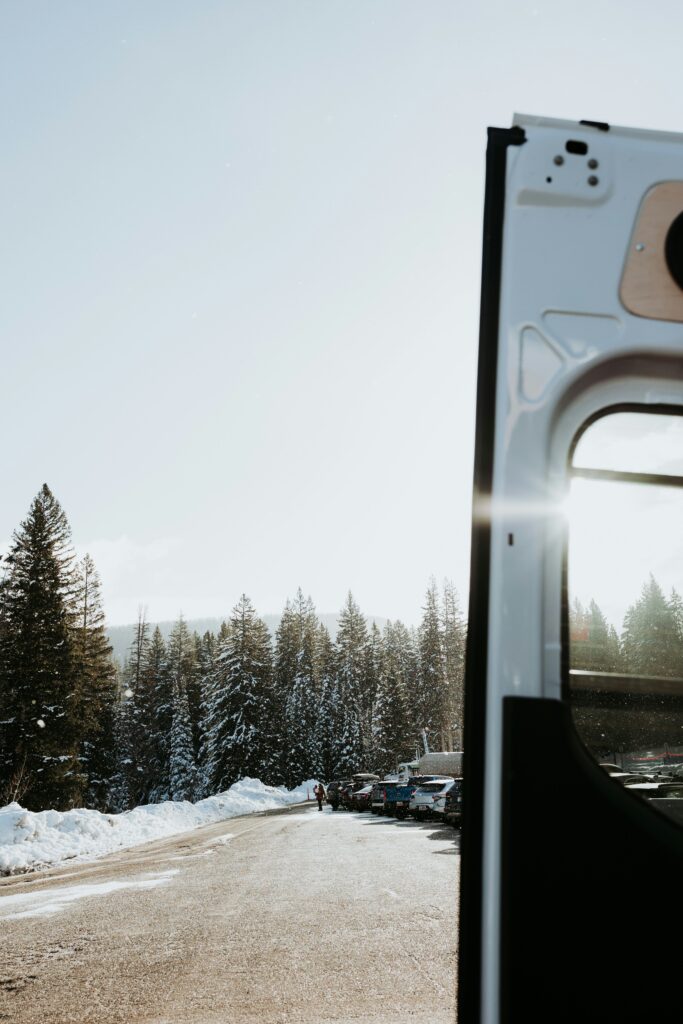
Safety Considerations and Emergency Preparedness
When you're camping in the great outdoors, safety should always be a top priority. Here are some important considerations to keep in mind when dispersed camping in California.
Dealing with Wildlife
California is home to a variety of wildlife, including bears, mountain lions, and coyotes. While encounters with these animals are rare, it's important to know how to handle them if they do occur.
- Bears: Keep all food and scented items (including toiletries) in bear-proof containers, or hang them from a tree at least 10 feet off the ground and 4 feet away from the trunk. If you do encounter a bear, make noise to let it know you're there, and slowly back away. Do not run or climb a tree.
- Mountain Lions: Make yourself appear larger by raising your arms and standing on your tiptoes. Make noise to let the mountain lion know you're there, and slowly back away. Do not run or turn your back on the animal.
- Coyotes: Keep all food and trash in a secure container or vehicle. If you do encounter a coyote, make noise to let it know you're there, and wave your arms to make yourself appear larger. Do not run or turn your back on the animal.
Emergency Situations and Getting Help
In the event of an emergency, it's important to know how to get help. Here are some tips to help you stay safe and get the assistance you need:
- Cell phone coverage: Keep in mind that cell phone coverage may be limited or non-existent in some areas. It's a good idea to bring a satellite phone or a personal locator beacon in case of an emergency.
- First aid kit: Be sure to bring a well-stocked first aid kit with you, and know how to use it.
- Emergency services: In case of an emergency, call 911 or the local emergency services number. Keep in mind that response times may be longer in remote areas.
- Leave no trace: If you do need to leave your campsite in an emergency, be sure to leave no trace behind. Pack out all trash and dispose of human waste properly.
By following these safety considerations and being prepared for emergencies, you can enjoy your dispersed camping trip in California with peace of mind.
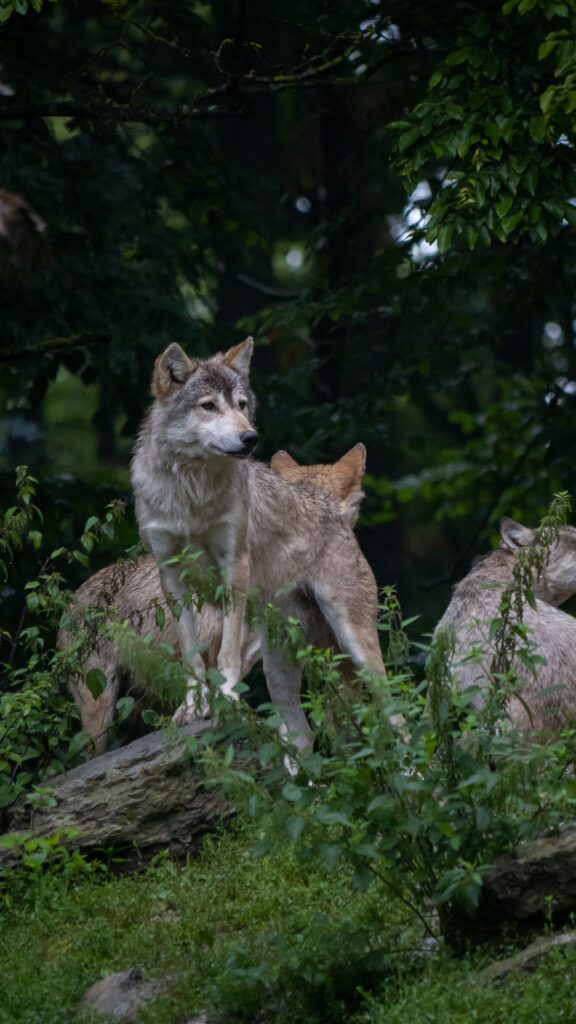
Frequently Asked Questions
What are the top spots for dispersed camping in Southern California?
Southern California has a plethora of options for free dispersed camping. Some of the popular spots include Joshua Tree National Park, Anza-Borrego Desert State Park, and Cleveland National Forest. These areas offer stunning landscapes, unique flora and fauna, and great opportunities for hiking, biking, and stargazing.
How can I find free camping areas in California using an app?
There are various apps available that can help you find free camping areas in California. One of the popular apps is Campendium. It allows you to search for free camping areas by location, amenities, and reviews. Another app is iOverlander, which provides information about free camping spots, including reviews, photos, and GPS coordinates.
Can you recommend the best locations for winter dispersed camping in California?
Winter dispersed camping in California can be challenging due to the cold weather and snow. However, some areas that are popular for winter camping include Yosemite National Park, Lake Tahoe, and Mammoth Lakes. It's best to check weather conditions and road closures before planning your trip.
Are there any free camping options available on California beaches?
Yes, there are some free camping options available on California beaches. One of the popular spots is Bodega Dunes Campground, which is located in Sonoma Coast State Park. It offers beach access, hiking trails, and stunning ocean views. Another option is the Oceano Dunes State Vehicular Recreation Area, which allows camping on the beach.
What are the guidelines for Boondocking legally in California?
Boondocking is legal on Bureau of Land Management (BLM) land in California, as long as you follow certain guidelines. These include staying no more than 14 days in one spot, packing out all trash, and avoiding damaging the environment. It's important to check with local BLM offices for specific rules and regulations.
How can I locate BLM land in California suitable for free dispersed camping?
There are various ways to locate BLM land in California suitable for free dispersed camping. One of the popular resources is the BLM website, which provides information about camping areas, rules and regulations, and permits. Another option is to use apps like Campendium or iOverlander, which allow you to search for BLM land by location and amenities.

